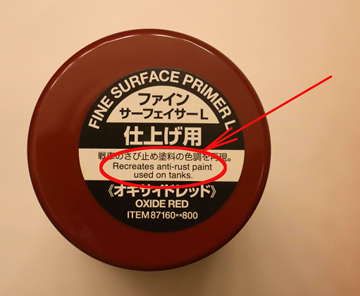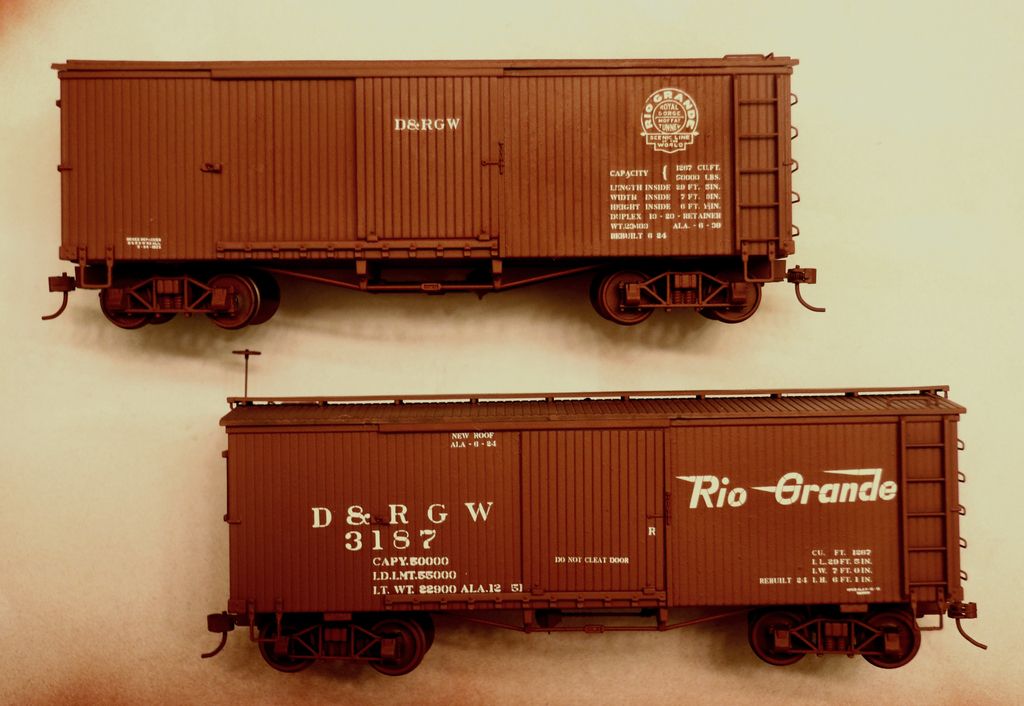Sudesh, when it comes to "standard" German paint shades (primer or paint) there was actually not much of a "precise" standard.
This statement will bring the flamers rushing to burn my at the stake but . . . When we removed the floor plates out of an original Sd.Kfz. 251 at the Patton Museum for restoration it was clear that the various myriad sub-contractors providing the components, (gas tanks, valves, pumps, etc.) while doing their best, where quite varied when it came to their mixing of the "standard" German paint colors.
The museum curator, Charles Lemons, has written several short pieces on this topic. Due to supply problems, variations in the consistency of raw materials due to the war effort and mixing errors, the shades of the "standard colors" varied quite a bit.
Add to that the variations caused by field expediencies where the camo paint pastes were sometimes thinned with water, gas or oil and you end up with extremely wide latitudes across the board as to actual German
STANDARD paint shades.
That's my two cents worth on the subject . . . but these two pennies do come with a bit of direct experience attached.
Original 250 engine - note color shade variations of valve cover vs. engine block & manifold as well as the clutch housing vs. the clutch access cover plate.
- my photo.____________________________________________
Below; note color variations between brake cylinder and various frame components. Paint on brake cylinder definitely has more of a white element (less yellow) in the mix used by the sub-contractor providing this part.
- my photo.
Almost all German vehicles were given a final overall exterior coat of paint before leaving the factory, in part to cover up these supply chain induced variations in paint color. But still, vehicles coming from different factories might suffer the same variations in the standard paint shade color when compared, side by side, one to the other.
Do we think the unit commanders cared about paint shades when marching into conflict?
I feel that as modelers we can take comfort in that the many shades of paint we might produce in our models only echoes the many and varied shades of paint that probably existed on the real thing.
. . . . now let the flaming begin! .
. 













